Spider phylosymbiosis: divergence of widow spider species and their tissues' microbiomes, BMC Ecology and Evolution
Por um escritor misterioso
Last updated 20 setembro 2024
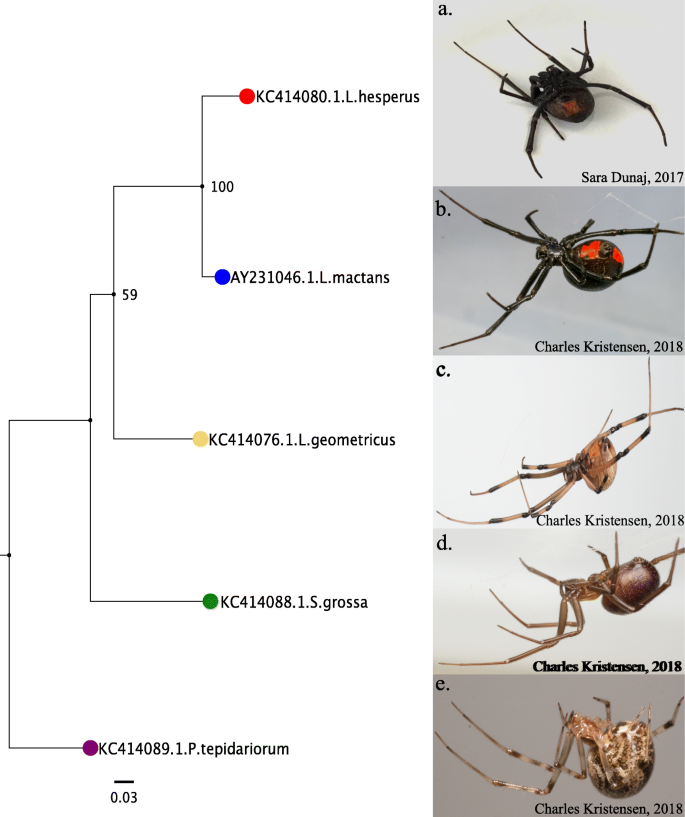
Background Microbiomes can have profound impacts on host biology and evolution, but to date, remain vastly understudied in spiders despite their unique and diverse predatory adaptations. This study evaluates closely related species of spiders and their host-microbe relationships in the context of phylosymbiosis, an eco-evolutionary pattern where the microbial community profile parallels the phylogeny of closely related host species. Using 16S rRNA gene amplicon sequencing, we characterized the microbiomes of five species with known phylogenetic relationships from the family Theridiidae, including multiple closely related widow spiders (L. hesperus, L. mactans, L. geometricus, S. grossa, and P. tepidariorum). Results We compared whole animal and tissue-specific microbiomes (cephalothorax, fat bodies, venom glands, silk glands, and ovary) in the five species to better understand the relationship between spiders and their microbial symbionts. This showed a strong congruence of the microbiome beta-diversity of the whole spiders, cephalothorax, venom glands, and silk glands when compared to their host phylogeny. Our results support phylosymbiosis in these species and across their specialized tissues. The ovary tissue microbial dendrograms also parallel the widow phylogeny, suggesting vertical transfer of species-specific bacterial symbionts. By cross-validating with RNA sequencing data obtained from the venom glands, silk glands and ovaries of L. hesperus, L. geometricus, S. grossa, and P. tepidariorum we confirmed that several microbial symbionts of interest are viably active in the host. Conclusion Together these results provide evidence that supports the importance of host-microbe interactions and the significant role microbial communities may play in the evolution and adaptation of their hosts.

The spider tree of life: phylogeny of Araneae based on target‐gene analyses from an extensive taxon sampling - Wheeler - 2017 - Cladistics - Wiley Online Library

PDF) Differing Dietary Nutrients and Diet-associated Bacteria has Limited Impact on Spider Gut Microbiota Composition

Genomes of gut bacteria from Nasonia wasps shed light on phylosymbiosis and microbe-assisted hybrid breakdown

The spider tree of life: phylogeny of Araneae based on target‐gene analyses from an extensive taxon sampling - Wheeler - 2017 - Cladistics - Wiley Online Library

Tissue- and Population-Level Microbiome Analysis of the Wasp Spider Argiope bruennichi Identified a Novel Dominant Bacterial Symbiont. - Abstract - Europe PMC

Sister species diverge in modality‐specific courtship signal form and function - Hebets - 2021 - Ecology and Evolution - Wiley Online Library
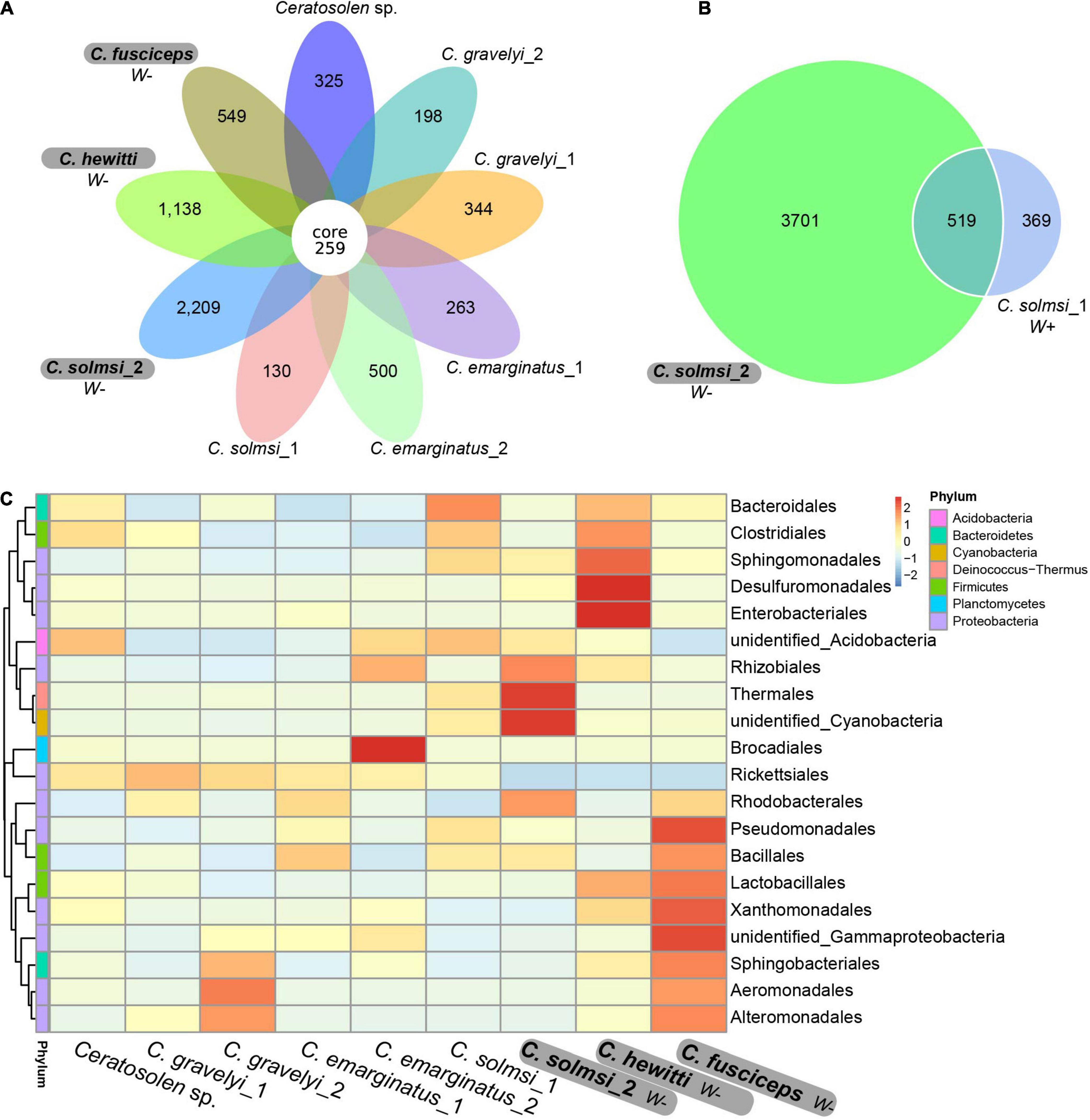
Frontiers The Phylosymbiosis Pattern Between the Fig Wasps of the Same Genus and Their Associated Microbiota
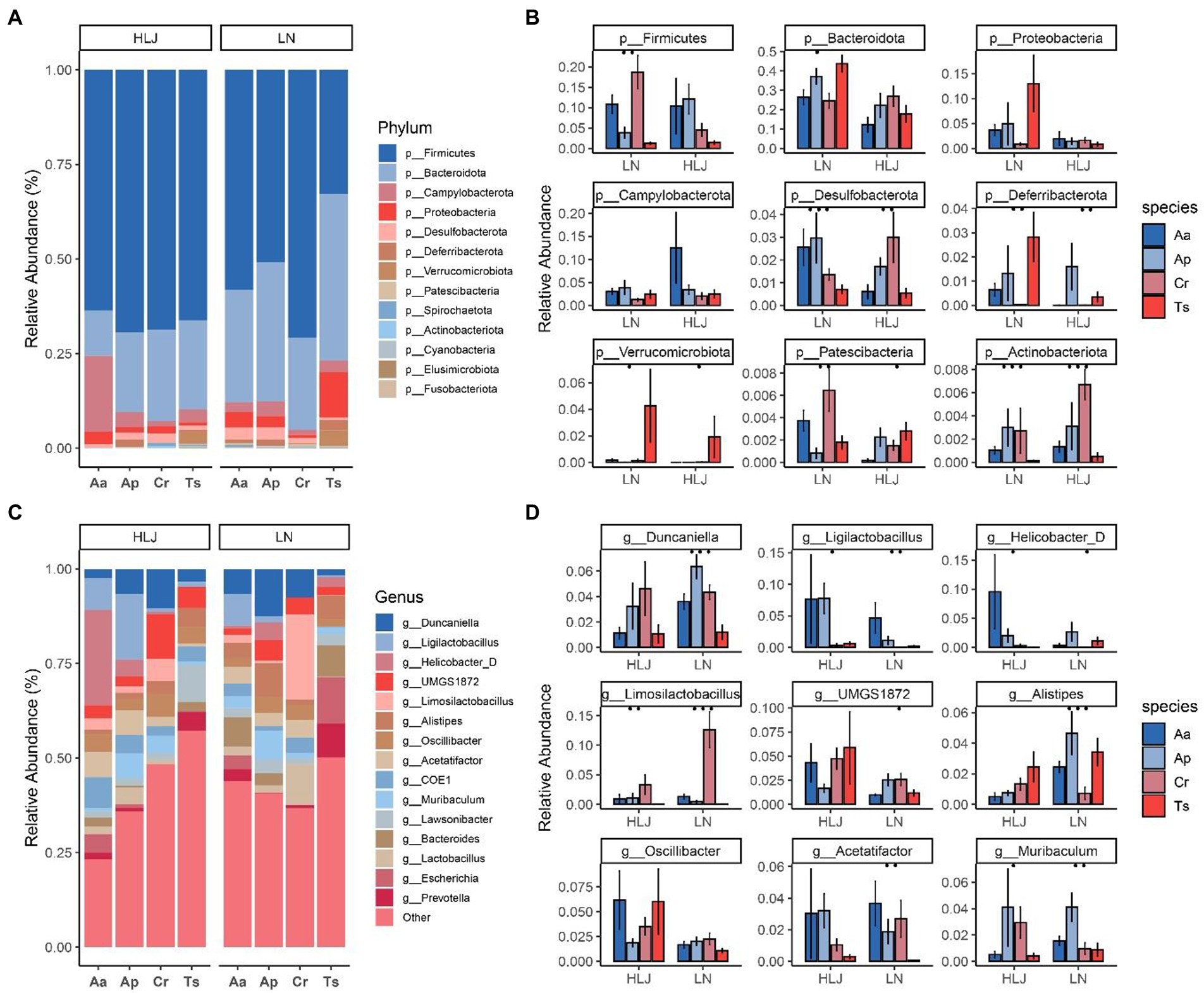
Frontiers The influence of species identity and geographic locations on gut microbiota of small rodents

Systematics of the Madagascar Anelosimus spiders: remarkable local richness and endemism, and dual colonization from the Americas

Parasites of spiders: Their impacts on host behavior and ecology

Phylogenomics Resolves a Spider Backbone Phylogeny and Rejects a Prevailing Paradigm for Orb Web Evolution - ScienceDirect

MLST allelic profiles of Wolbachia from 11 geographic population of H.

Alpha diversity of bacterial communities. The bacterial diversity

House spider genome uncovers evolutionary shifts in the diversity and expression of black widow venom proteins associated with extreme toxicity, BMC Genomics

Taxonomy and phylogenetic analysis of the South American genus Petrichus Simon (Araneae: Philodromidae) provide new insights into the running crab spiders' phylogeny
Recomendado para você
-
 Spider Identification Chart20 setembro 2024
Spider Identification Chart20 setembro 2024 -
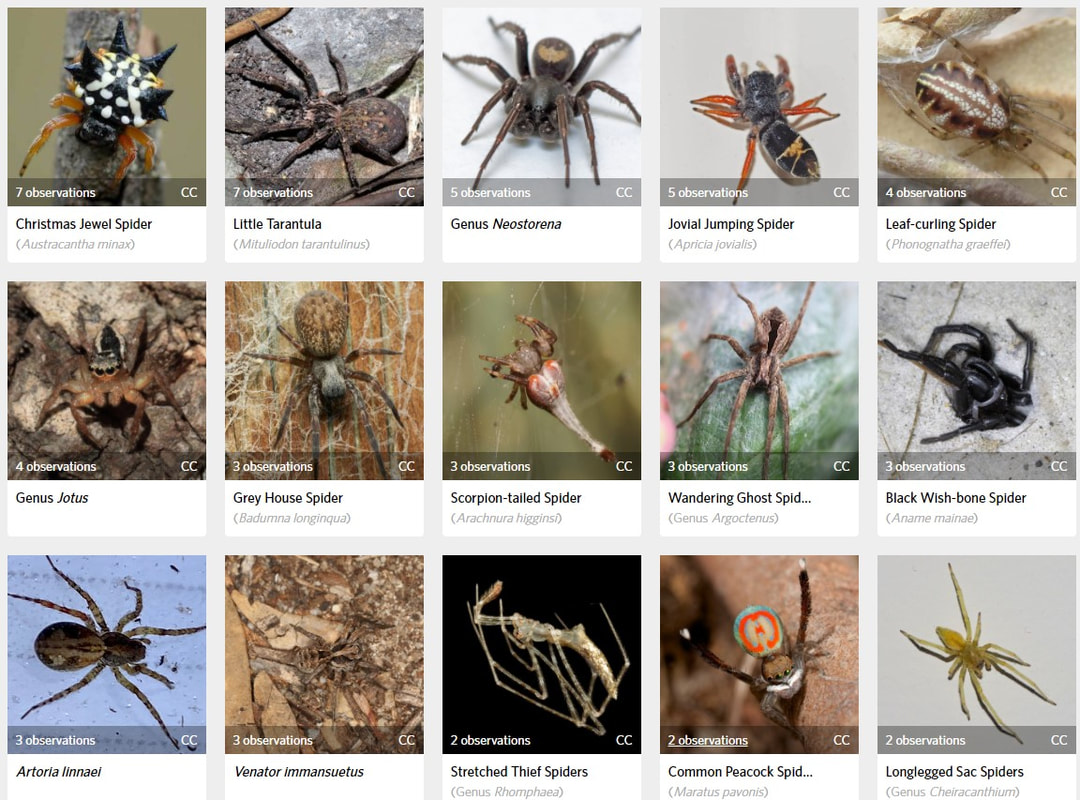 Spiders - Oyster Harbour Catchment Group20 setembro 2024
Spiders - Oyster Harbour Catchment Group20 setembro 2024 -
 New spider species discovered: People who hate spiders confess that they actually can't help loving these - Brainerd Dispatch20 setembro 2024
New spider species discovered: People who hate spiders confess that they actually can't help loving these - Brainerd Dispatch20 setembro 2024 -
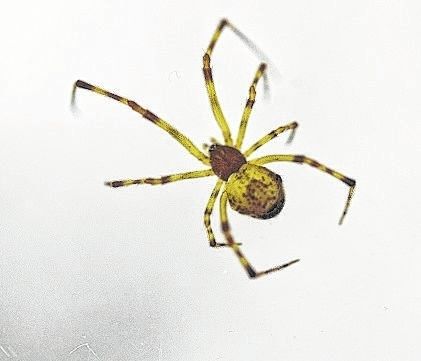 Inside the web: A weekly look at spider species of NEPA - Times Leader20 setembro 2024
Inside the web: A weekly look at spider species of NEPA - Times Leader20 setembro 2024 -
 New spider species discovered in Johnson County20 setembro 2024
New spider species discovered in Johnson County20 setembro 2024 -
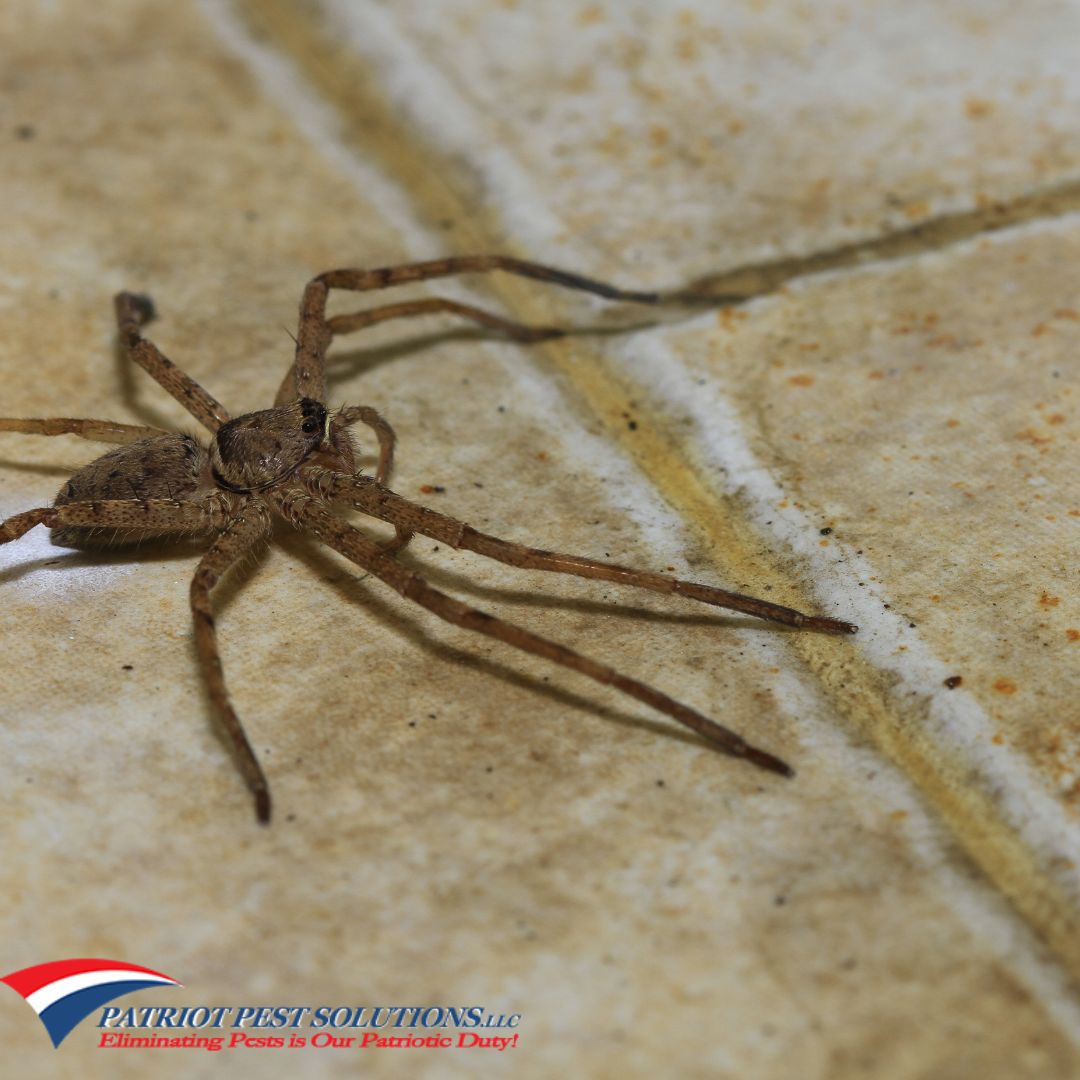 Exploring Pennsylvania's Most Common Spider Species - Patriot Pest Solutions LLC.20 setembro 2024
Exploring Pennsylvania's Most Common Spider Species - Patriot Pest Solutions LLC.20 setembro 2024 -
 7 new species of colorful Peacock Spider join the dance party20 setembro 2024
7 new species of colorful Peacock Spider join the dance party20 setembro 2024 -
Three new spider species discovered in alpine Australia during Bush Blitz expedition - ABC News20 setembro 2024
-
 Florida Spiders in the Fall, Preventing Spiders20 setembro 2024
Florida Spiders in the Fall, Preventing Spiders20 setembro 2024 -
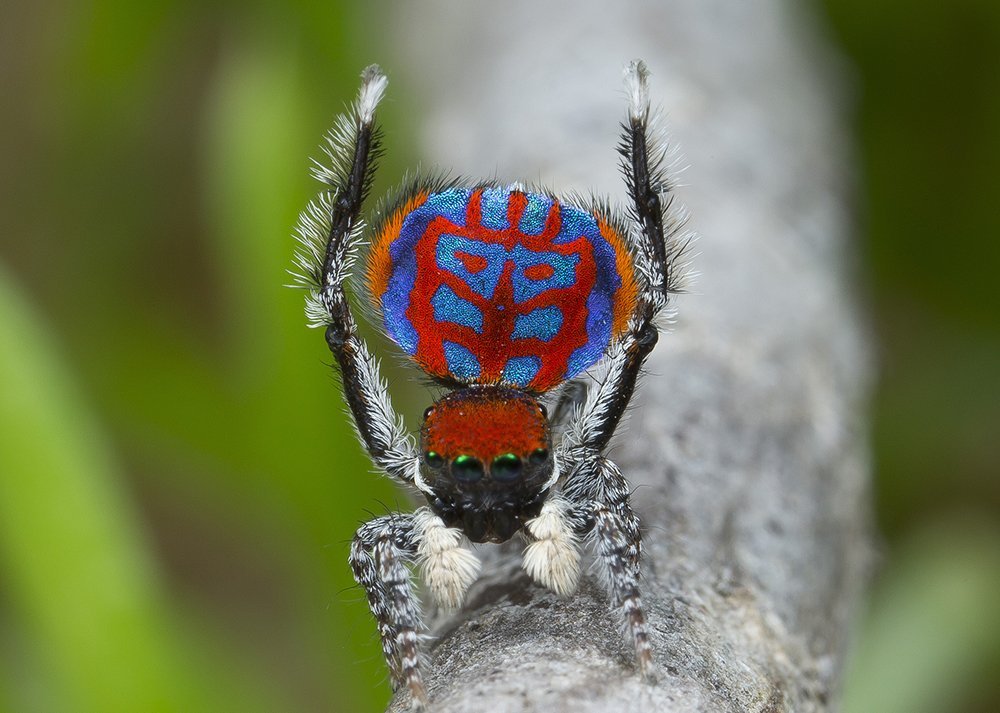 7 new species of peacock spider discovered - Australian Geographic20 setembro 2024
7 new species of peacock spider discovered - Australian Geographic20 setembro 2024
você pode gostar
-
 Pokémons iniciais de água Pokemon eevee, Pokemon, Cute pokemon wallpaper20 setembro 2024
Pokémons iniciais de água Pokemon eevee, Pokemon, Cute pokemon wallpaper20 setembro 2024 -
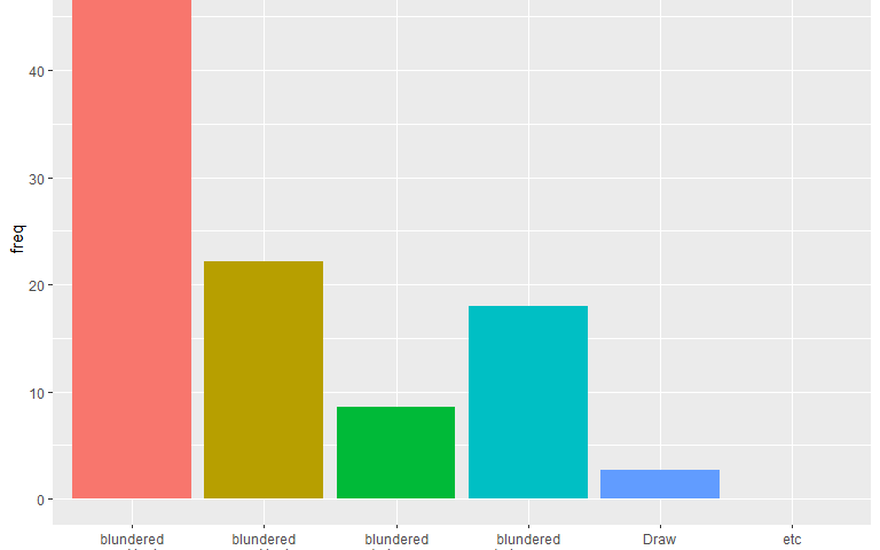 oortcloud_o's Blog • Decisive Advantage but Lost on Time? •20 setembro 2024
oortcloud_o's Blog • Decisive Advantage but Lost on Time? •20 setembro 2024 -
 Subway Surfers Berlin 2018, New Update20 setembro 2024
Subway Surfers Berlin 2018, New Update20 setembro 2024 -
 Peaches & Eggplants - Wikipedia20 setembro 2024
Peaches & Eggplants - Wikipedia20 setembro 2024 -
 Watch I Got a Cheat Skill in Another World and Became Unrivaled in20 setembro 2024
Watch I Got a Cheat Skill in Another World and Became Unrivaled in20 setembro 2024 -
 Enquete A Fazenda 15: quem deve ganhar a prova do fazendeiro hoje20 setembro 2024
Enquete A Fazenda 15: quem deve ganhar a prova do fazendeiro hoje20 setembro 2024 -
 Junierika Martins20 setembro 2024
Junierika Martins20 setembro 2024 -
The best iOS apps for taking notes with Apple Pencil + iPad Pro20 setembro 2024
-
 Baixar Mario Kart 64 Gratuito para N6420 setembro 2024
Baixar Mario Kart 64 Gratuito para N6420 setembro 2024 -
 The Witcher: Blood Origin - Everything we know about the prequel spin-off20 setembro 2024
The Witcher: Blood Origin - Everything we know about the prequel spin-off20 setembro 2024